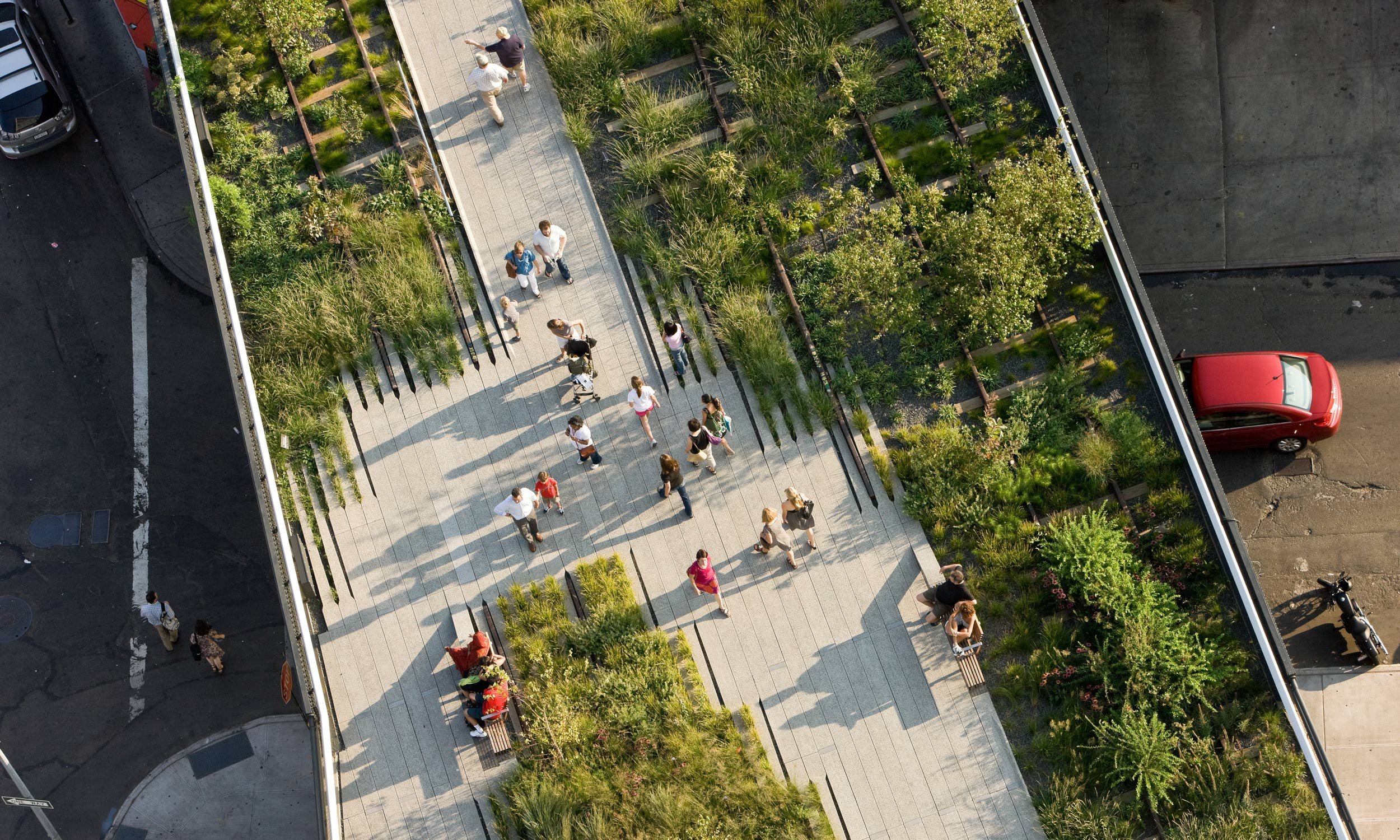Why Adaptive Reuse?
We do it all the time and for many reasons.
What is adaptive reuse?
Following the post-war period, when more buildings were destroyed to make way for new construction, focus shifted to preserving older structures as people became aware that the world's resources and space are limited. The conservation movement gained traction in the 1970s as notable designers like Carlo Scarpa and Herzog & de Meuron saw working with vintage structures as a fascinating task.
Renovation, modernization, historic preservation, infrastructure reuse, and additions, to name a few, are recognized today as kinds of adaptive reuse. And there are even more variations of adaptive reuse within those categories. Look no farther than the High Line in New York City, which converted a former New York Central Railroad spur into a park, greenway, and rail trail, for some well-known instances of adaptive reuse. Or think about the Tate Modern in London, which transformed a former oil-fired power plant into a gallery of modern art.
The High Line Park in New York City. Source: Loving New York
Adapting an existing building — whether to modernize it, change its use, or otherwise — requires a specific knowhow to ensure all old and new systems and structural aspects can work in tandem. From experience in the filed, we know to draw from and cross-reference different projects to ensure an adaptive reuse building pulls the past and the future together harmoniously.
Why Adaptive Reuse?
Reusing old buildings rather than erecting new ones has many advantages, but we'll concentrate on how it enhances the environment, quality of life, and sense of place in particular.
Adaptive reuse prevents needless sprawl, which is a significant source of greenhouse gas emissions, by nature. On formerly undeveloped terrain, new structures replace vegetation that would have served as a filter for pollutants. It demands the use of new building materials, and if the building is not close to the customers' residences or other frequently visited locations, it probably makes users drive further. The United States, according to The Brookings Institution, leads the globe in terms of both the amount of energy used in buildings and the number of miles driven per person.
Even without sprawl, demolishing existing structures and erecting new ones has an impact on the environment: 25% of the solid trash dumped in landfills in the United States each year comes from demolition and construction. When a building collapses, all of the energy that went into its creation and maintenance is likewise lost, including the energy utilized to produce and transport the building's materials at the time it was built.
However, compared to new construction, adaptively reusing a building often saves between 50 and 75 percent of the embodied carbon. According to data from the Preservation Green Lab of the National Trust for Historic Preservation, it takes most building types between 20 and 30 years to make up for the initial carbon consequences of construction.
According to the same study, when comparing buildings with the same energy efficiency level to new construction, environmental savings through adaptive reuse of buildings can reach up to 46%.
The quality of life for those who utilize the structure or reside nearby is another significant benefit. Repurposing structures that are already in the center of the neighborhood, for instance, will probably make the area more accessible to those using public transportation, bicycles, or walking – all of which contribute to general wellbeing. Additionally, putting businesses in a central location appeals to customers more when convenience is a key factor in how they make decisions.
Main Takeaways
as listed in the National Trust for Historic Preservation
Reuse Matters. Building reuse typically offers greater environmental savings than demolition and new construction. It can take between 10 to 80 years for a new energy efficient building to overcome, through efficient operations, the climate change impacts created by its construction. The study finds that the majority of building types in different climates will take between 20-30 years to compensate for the initial carbon impacts from construction.
Scale Matters. Collectively, building reuse and retrofits substantially reduce climate change impacts. Retrofitting, rather than demolishing and replacing, just 1% of the city of Portland’s office buildings and single family homes over the next ten years would help to meet 15% of their county’s total CO2 reduction targets over the next decade.
Design Matters. The environmental benefits of reuse are maximized by minimizing the input of new construction materials. Renovation projects that require many new materials can reduce or even negate the benefits of reuse.
The Bottom Line: Reusing existing buildings is good for the economy, the community and the environment. At a time when our country’s foreclosure and unemployment rates remain high, communities would be wise to reinvest in their existing building stock. Historic rehabilitation has a thirty-two year track record of creating 2 million jobs and generating $90 billion in private investment. Studies show residential rehabilitation creates 50% more jobs than new construction.
Sources:
Preservation Green Lab of the National Trust for Historic Preservation

